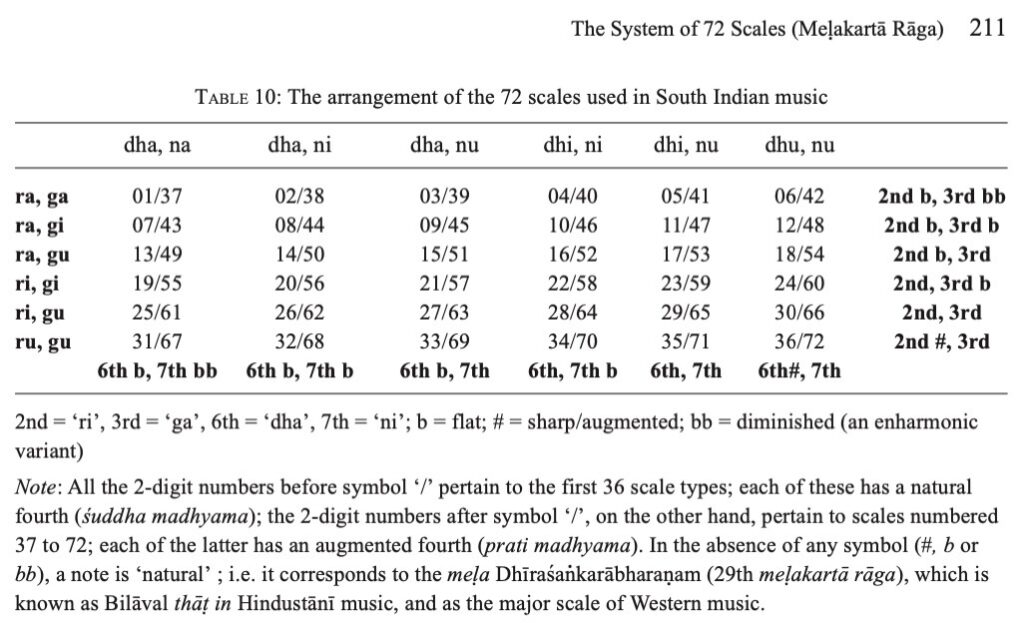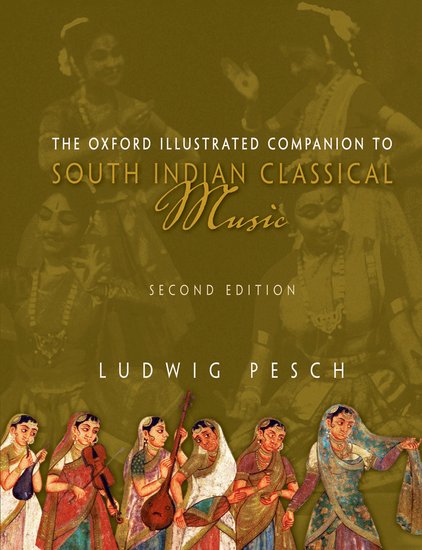In Tanjore as a Seat of Music (pp. 420-426), S. Seetha explains the scope envisaged by Venkatamakhi when presenting his mela arrangement >>
Venkatamakhi while justifying the derivation of 72 melakartas by permutation and combination interestingly remarks that countries are many with people having variety of tastes and it is to please them ragas have been invented by musicians. Some are already known while some are in the process of being brought to life, while some may be invented in future, while those surviving only in treatises and the ragas not known at all during their time may be brought to life in future, for the benefit of the people.
Therefore his mela arrangement “is intended to visualise all the desi (regional) ragas which differ from place to place, from people to people and which according to the suitability of the voices, must be utilised for practical purposes.”

The Oxford Illustrated Companion to South Indian Classical Music >>
As a result, “the melakarta assumes a real scientific meaning during Govindacarya’s time […] and help in the preservation of the identify of many a janya [derived raga]. […] The ragas assume different colours and shades of expression in their attempt to satisfy the musical needs and tastes of the people. But the 72 melakartas are perhaps ever the same in structure and remain as the material forever out of which the thing of beauty – the raga – is made. […] Whether the janya is the one derived from the melakarta or vice versa, the existing janaka-janya system of raga classification enhances the paramount importance of the 72 melas as technical facts defining the janyas under them”.
Govindacarya and the present Kanakāngi-Ratnāngi nomenclature
Since Venkatamakhi proposed his original mela arrangement, “varali ma” became known as “prati ma” since the late 18th c. when a scholar known as Govindacarya wrote his treatise, the Sangrahacūdamani.
Govindacarya also had good reasons for giving the 72 melas individual names within the famous list, the Kanakāngi-Ratnāngi nomenclature: it helps musicians and listeners “ascertaining the mela and the kinds of notes taken both in the purvānga [Sa-Ri-Ga-Ma] and uttarānga [Pa-Dha-Ni-’Sa]”.
Learn more and download a free mela-pocket guide here: Boggle Your Mind with Mela (BYMM) method – free mini course >>
As a result, “the melakarta assumes a real scientific meaning during Govindacarya’s time […] and help in the preservation of the identify of many a janya [derived raga]. […]
The ragas assume different colours and shades of expression in their attempt to satisfy the musical needs and tastes of the people. But the 72 melakartas are perhaps ever the same in structure and remain as the material forever out of which the thing of beauty – the raga – is made. […]
Whether the janya is the one derived from the melakarta or vice versa, the existing janaka-janya system of raga classification enhances the paramount importance of the 72 melas as technical facts defining the janyas under them”.
More about the above person(s) and topics
Periodicals and sites included | More resources | Disclaimer >>
For details, also refer to the Oxford Illustrated Companion to South Indian Classical Music
- Glossary-cum-index
- In the following section(s)

